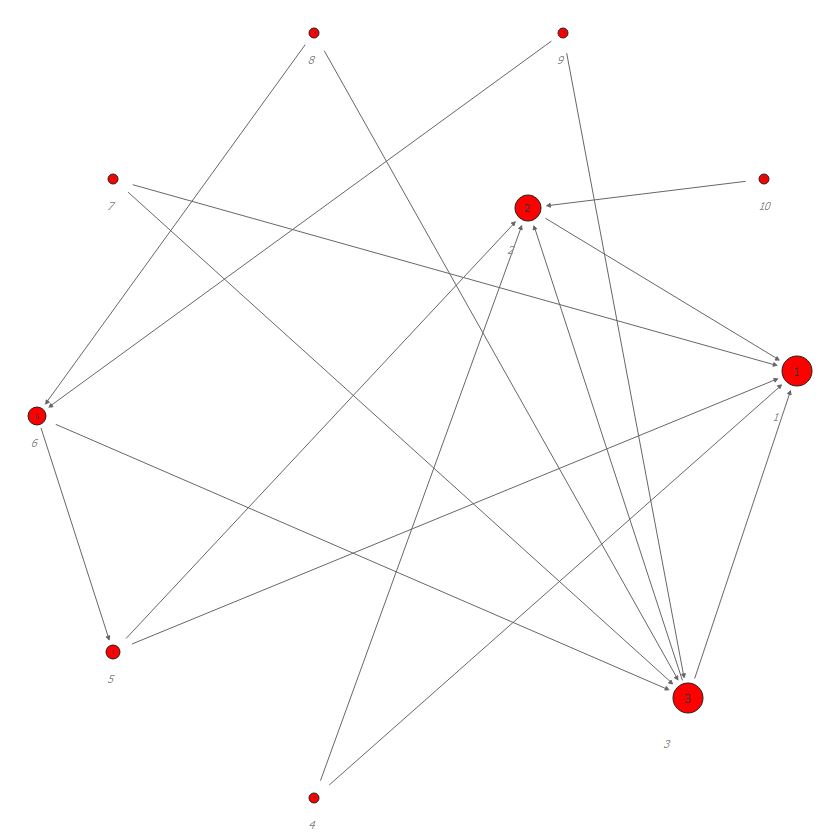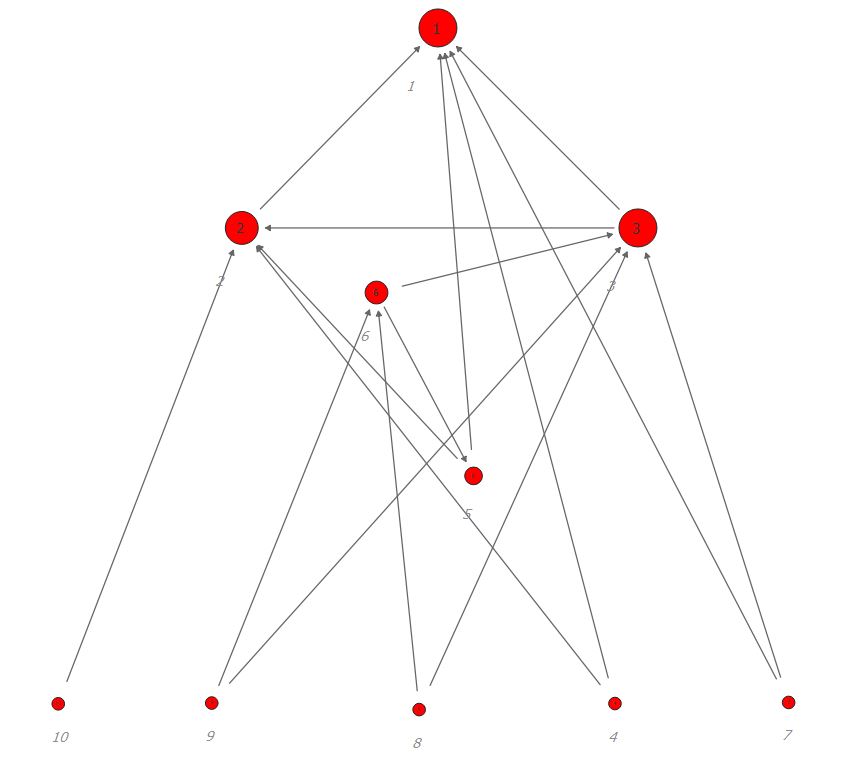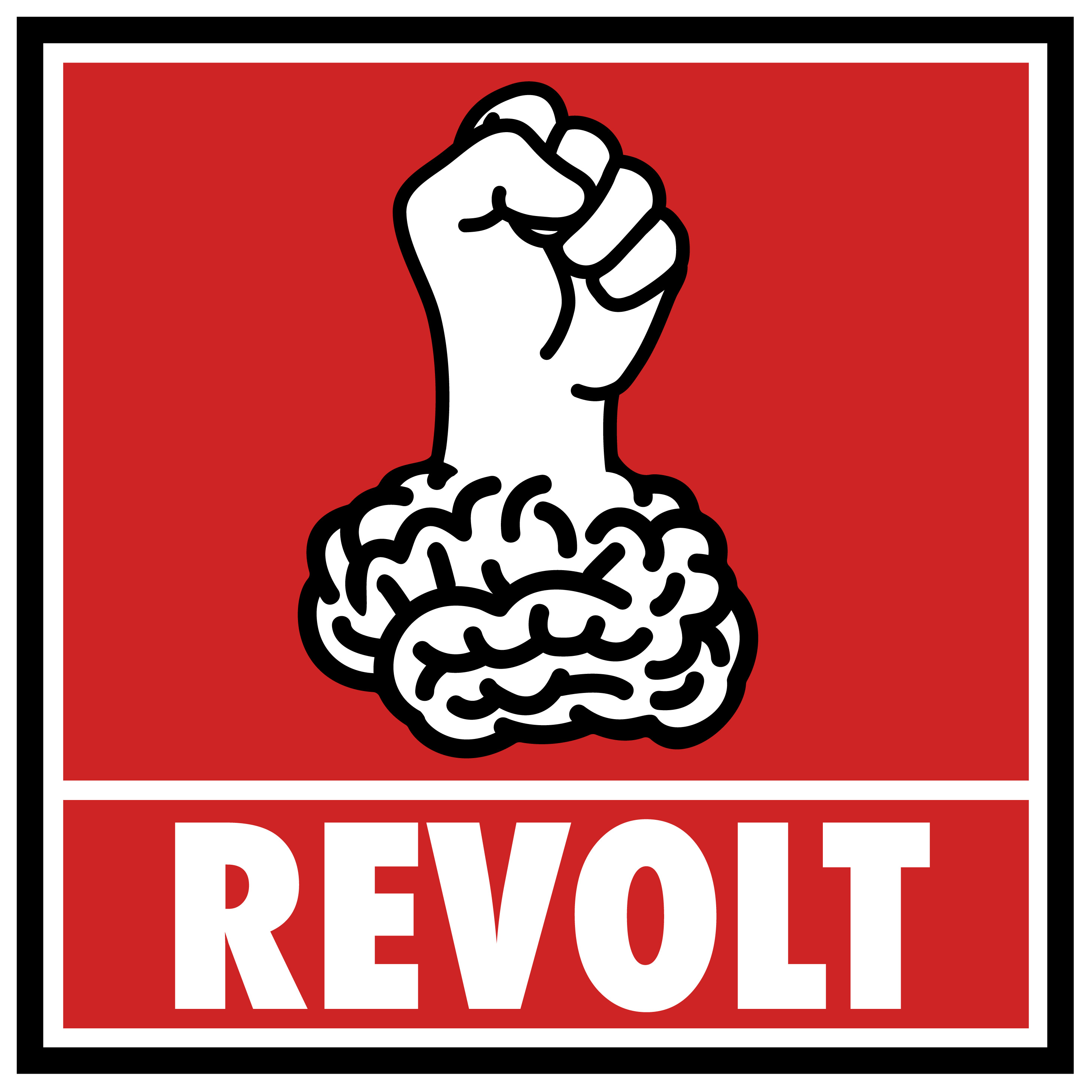Podcast: Play in new window | Download (Duration: 56:13 — 38.6MB)
By Nick Lee
Introduction
This is part of a series we’re calling “CyberAnarchism” related to my research into the ways in which modern technology can challenge the state.
It just so happens that entrepreneur Balaji Srinivasan is working on a book right now exploring kind of a similar thread though I’d say that he’s less focused on the demise the state and more focused on how technology can give birth to a new type of state. However, at this point, I think that’s just semantics because it’s perfectly possible that some new manifestation of a “state” would be so different that we wouldn’t identify it as a state at all.
Anyway, Srinivasan published an article titled “How to Start a New Country,” where he discussed a very high-level idea of what that might look like. I wrote a very short article and we did a video covering our thoughts on that. [so check out that episode if you’re interested in that]
Srinivasan just published another article in his series titled “The Network Union” and that’s what we’re going to discuss here.
What is a Network State?
First let’s very briefly define a “Network State.” According to Srinivasan, “…a 1-10M person social network with a genuine sense of national consciousness, an integrated cryptocurrency, and a plan to crowdfund many pieces of territory around the world. With the internet, we can digitally sew these disjoint enclaves together into a new kind of polity, a network state.”[i]
What is a Network Union?
A Network Union is Part of a Network State
Srinivasan states that “The network union is the antecedent of the network state.”[ii] Network unions could essentially be the building blocks of a network state—a network state could consist of multiple network unions.
In simple terms, Srinivasan defines a “network union” as “a social network with a blockchain, a leader, and a purpose.” He further specifies it’s, “…a social graph organized in a tree-like structure with a leader, a purpose, a crypto-based financial and messaging system, and a daily call-to-action.”[iii]
A network union differs from a traditional social network such as Facebook or Twitter in that those are simply for sharing pictures, messages, and so on and don’t have a true mission. The users aren’t working together towards some end goal.
Srinivasan describes this as “Bowling Alone but Posting Together.” As a sociologist this hits home and makes me proud because he refers to Robert Putnam’s 2000 book Bowling Alone which chronicles the disintegration of social community in the United States and how this gives birth to a sort of perverted sense of individualism. Bowling Alone is one of the most popular works of sociology so far in the 21st century.
There is quite a bit of interesting work done on how online communities fulfill some of the functions which used to be fulfilled by now-defunct in-person social groups. However, this is sometimes significantly different. For example, participating in a subreddit is hardly identical to participating in a local sports league. Putnam’s thesis, and Srinivasan seems to agree, is that this has had a significant impact on how we define ourselves and how we behave not to mention the impact this has had on society overall.
Blockchains are the Key?
Srinivasan suggests that blockchains are key in unlocking the potential of social networks.
Right now these social networks [Facebook, Twitter, etc.] are mainly used for idly sharing information: messaging, commiserating, recreating, sometimes raising awareness or signing petitions. But with blockchains we can power them up dramatically, with backlinks we can quantify their support base, and with the concept of a network union we can re-conceptualize their very purpose.
He provides a list of items made possible by blockchain technology and how they can contribute to the creation and operation of a network union. I want to mention 3-4 which I think are interesting and uniquely enabled byblockchain technology. In my opinion, the rest can all be achieved without a blockchain (encrypted messaging for example).
Partial Sovereignty
If smart contracts hosted on the blockchain are allowed to function without admin oversight, a network union could operate with a certain level of decentralization that is uniquely enabled by blockchain technology.
Governance
The use of blockchain technology and governance tokens enables all sorts of unique voting and other governance methodologies.
Login
Blockchain technology enables interesting login and access-type controls. For example, a network union (or state) could allow its members to access certain resources. But, the members would only be able to gain access by holding governance tokens for a certain period of time.
Quantifiable Social Capital
See the next section.
Backlinks Quantify Social Support?
What is a Backlink?
“Backlink” is a term first made use of in the search engine world. For example, our website for this channel is RevolutionAndIdeology.com. If someone makes a link to our website from their website, that would be one backlink for our site. The more backlinks a webpage has, in theory, the higher it ranks in search engine results.
Backlinks Quantifying Social Support?
Srinivasan goes from that to, “…backlinks allow us to quantify a leader’s support base.”[iv] Uh, what? He’s operating at such a level of abstraction here that the metaphor loses all meaning. How does the concept of backlinking truly allow us to quantify a leader’s support base? What does a “backlink” mean in this context? In a footnote, Srinivasan seems to essentially admit that the metaphor doesn’t really make sense, “still, the term backlink is evocative, which is why we use it.”[v] This reminds me of Will Ferrell in the film Blades of Glory, “No one knows what it means, but it’s provocative!”[vi]
Really the entire section on backlinks in the context of network unions is weak. It feels like he’s trying to shoe-horn tech jargon when it isn’t necessary. The term “social capital” is already widely used. Srinivasan is attempting to describe how blockchains could be used to quantify social capital. He would have been better served by just explaining how blockchains could quantify social capital without making use of “backlinks” at all. Instead, he doesn’t explain the “how” at all and the use of the term “backlinks” is so sloppy in this context that his point is lost.
This section would have been much better had he simply stated that blockchains (not backlinks) could allow us to quantify a leader’s social capital with nothing additional.
Social Graphs and Social Trees
A Social Graph
“The social graph is a graph that represents social relations between entities. In short, it is a model or representation of a social network.”[vii]

Figure 1 – A Social Graph
Figure 1 is an example of a social graph. Each person is represented by a red circle, a “node.” Each connection is represented by a line, an “edge.” We can see that Person 1 has five edges (connections) and Person 5 has three edges. In the above example, edge direction theoretically indicates support. 5 people support Person 1 while one person (Person 6) supports Person 5.
A Social Tree
Srinivasan says, “what if we developed a new kind of social network, organized not as a social graph but a social tree, organized like a company hierarchy but at the scale of a city or state?”
A “social tree,” a term that Srinivasan has invented as far as I can tell, is a social graph presented in a hierarchal fashion to indicate who has the most social capital, and, in this case, who should be the leader of the network union.

Figure 2 – A Social Tree
Figure 2 contains the same nodes and edges as Figure 1 but is represented in a hierarchal fashion valuing incoming edges, which represent garnering support, over outgoing edges, which represent giving support. In this case, Person 1 should be the leader of the union. Though ideally the support would be weighted. For example, the support of Person 3, who has four edges of support plus themselves, is ‘worth’ 5 while the edge of support from Person 5 is worth 2 (the support of Person 6 plus themselves). However, even this is too simplistic because we would most likely weigh a secondary-level of support as less than one. For example, Person 6 supports Person 5 who supports Person 1. Person 6’s support might be worth only .5 to Person 1 since the support is ‘delegated’ to Person 5 and then given to Person 1 via Person 5. Anyway, I digress.
Srinivasan’s point is that blockchain technology could enable us to quantify social capital in a way that represents a social tree rather than a social graph which would, in theory, be a fairer and more just way of people occupying leadership positions.
There is a lot of work to be done here to make this applicable to real life. For example, if I created a social tree out of my friends on Facebook, I’m guessing the person with the most social capital has no business leading anything. We must determine the difference between a leader and an influencer. The two are most certainly not the same. Otherwise, we run the risk of having leaders selected solely on charisma and influence rather than real specific leadership qualifications (which we’ve seen in certain elections in the United States throughout history from the President to City Council and everywhere in between). It’s difficult to know how this would be avoided because there’s no discussion here of how this might actually work in a real-world application.
But it would, at least in theory, be better than inheriting leadership or having the control of vast amount of people and resources merely by starting a company (two examples Srinvasan makes use of).
One small critique here: Srinivasan says, “all of the people under Jeff Bezos [current Amazon CEO] are organized in a functional hierarchy under a single CEO, and all of them have explicitly opted into being there.”[viii] I think we should take care to use the term “opted in” when wages exist. This is common rhetoric from conservatives (not suggesting Srinivasan is using it this way) that goes something like, “if they don’t like working there they can go work somewhere else.” That itself is so incredibly problematic for a variety of reasons, but fine. The issue in this context is that I don’t believe that merely working at Amazon can qualify as indicating support for Jeff Bezos as a leader. We’ve all worked somewhere where we absolutely hated the person in charge. But hey, a paycheck is a paycheck. Sure, Amazon employees have “opted-in to being there” to some extent but we can’t use their “being there” as support for the leader of the organization as long as they are being compensated for being there.
Other Critiques
One critique I have is that the article about network unions should have come before the article on network states. Srinivasan has said things similar to (paraphrasing) ‘if we can get 1,000 people together who each make $100,000 per year, that’s $100mil in purchasing power. We would have enough clout to negotiate with cities to provide benefits to our group much like corporations do.’ The whole time I’ve been hearing things like this and reading his work related to this topic, I’ve been thinking is “this sounds like a union more than a state.” The narrative really should’ve followed the progression from network unions, really explaining how technology can facilitate bringing people together in a new and unique way for a specific purpose and then progress to how those unions can somehow connect to form a political entity (i.e. state). But this isn’t a HUGE critique. We have to grant some leniency to Srinivasan as he works these ideas out in ‘real-time’ in public. Presumably, his book will be better organized.
Though, one real critique I do have is that I don’t believe Srinivasan does enough in either the article about network states or network unions in describing how they differ. It’s presumably fairly ‘easy’ technologically and ideologically to get a group of people to join one another around a common cause. It’s an entirely different challenge to have them develop some sort of collective consciousness which is significant enough to be a crucial part of their identity and definition of themselves. This would conceivably be required for the establishment of a network state. The real question is: what is the difference between a user and a citizen?[ix] This is a significant part of what I’m researching right now so stay tuned for that. In the context of network unions, the question becomes: what is the difference between a user and a member? This is a qualitative aspect which needs much more attention in Srinivasan’s work.
See our video discussion for more details and conversation.
————-
[i] https://1729.com/how-to-start-a-new-country/
[ii] https://1729.com/network-union/
[iii] https://1729.com/network-union/
[iv] https://1729.com/network-union/
[v] https://1729.com/network-union/#footnote-1
[vi] https://youtu.be/RlwlV4hcBac
[vii] https://en.wikipedia.org/wiki/Social_graph
[viii] https://1729.com/network-union/
[ix] Credit to Jared for this phrasing.

